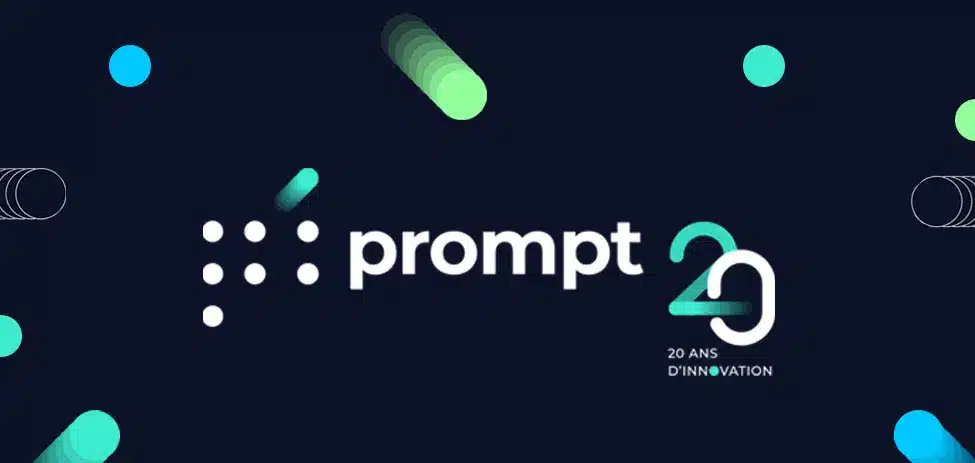Technological innovation is a key growth driver for Quebec companies. Yet the road to modernization is often strewn with pitfalls. An ill-defined project, a technological investment that fails to deliver the expected results, systems that don’t communicate with each other… These all-too-common scenarios can be costly, both financially and operationally. So how do you turn a technology project into a real success? The answer lies in a structured and often underestimated approach: technology requirements document.
Far from being a mere administrative formality for obtaining subsidies, technology requirements document are a powerful strategic tool. To better understand its concrete benefits, we spoke to three experts who support dozens of companies in this process: Marc Guérette, Frédéric Dadure and François Blackburn-Grenon. We also analyzed the innovative approach of Francis Beaulieu of
Red flags: when do technology requirements document become indispensable?
Some of the problems encountered by companies should be the trigger for initiating a technology requirements document process. Here are a few concrete examples from the field.
The spectre of failed technology investments
One of the most tangible risks is that of investing at a loss. Marc Guérette shares an experience he has had on several occasions:
” I’ve seen companies buy $700,000 robots that have sat in a corner, unused or poorly integrated. These mistakes not only damage management’s credibility, but also lead to considerable financial and operational losses. “
A technology requirements document would have enabled us to validate upstream the relevance of the investment, define the real needs and ensure that the technology chosen was the right one for the intended application.
The headache of disconnected systems
Another frequent problem, particularly in the manufacturing sector, is the multiplication of systems that don’t communicate with each other. Frédéric Dadure makes an eloquent observation:
” 95% of our customers have systems that don’t talk to each other, or no system at all, or outdated systems that haven’t been updated in a long time. “
This fragmentation creates inefficiencies, redundancies and an increased risk of errors due to multiple data entry. Technology requirements document enable us to map the existing technological ecosystem and plan coherent, efficient integration.
The harsh reality of project success rates
Without rigorous planning, technology projects have an unfortunate tendency to go awry. François Blackburn-Grenon recalls a sobering statistic:
“It is estimated that two to three out of every four projects fail to achieve their initial objectives. The absence of technology requirements document leads to surprises along the way, and the neglect of human, technological or organizational risks. “
The technology requirements document force this upstream reflection, structuring the project and identifying potential risks to better control them.
The untapped potential of human capital
Beyond hardware and software, a company’s productivity depends on its talent. Francis Beaulieu of Leader6 points out that inefficiencies linked to training and integration represent a significant hidden cost. Too long an integration time for new employees or recurring errors following the introduction of new processes are signals that the human side of digital transformation is being neglected. As he so aptly puts it, “Productivity doesn’t just come from equipment.”
The concrete benefits of a structured approach
In the face of these challenges, technology requirements document offer a series of decisive advantages that secure the investment and maximize the chances of success.
| Advantage | Description |
| Risk reduction | Validates the relevance of the project before investing and helps choose the right technology, thus avoiding unnecessary expenses. |
| External vision and expertise | Provides a fresh, neutral viewpoint from an expert who has seen many cases and has no commercial interest in the solutions proposed. |
| Budgetary clarity | Reveals the overall cost of the project, including integration, change management and the human time required, avoiding unpleasant surprises. |
| Structuring and securing | Define a clear roadmap with milestones, costs, risks and deliverables, ensuring better project management. |
| Credibility for financing | Provides a solid, credible document for financial institutions and granting bodies, demonstrating the seriousness of the approach. |
| Measurable gains | Allows you to define clear performance indicators and measure the project’s return on investment (ROI). |
Frédéric Dadure insists on the importance of this security: “A digital failure can put a long-term brake on innovation in an SME. Technology requirements document are precisely the bulwark against this risk.
An affordable, profitable investment
The idea of embarking on a project may seem daunting, but the process is actually very accessible. It takes from a few weeks to two months to complete, and the effort required on the part of the company is relatively low. The expert immerses himself in the company’s reality to produce a fifteen-page document that will serve as a guide for the project.
The cost of this approach is also very reasonable, especially when compared with the sums involved in a technology project. As François Blackburn-Grenon pragmatically sums up:
” If $5,000 is too expensive to do an audit, then a $100,000 or $300,000 project will certainly be too expensive too. “
And Funding Programs like Prompt cover 50% of the cost.
The final word: a small step for a giant leap forward
In conclusion, technology requirements document are much more than just a technical document. It’s a strategic investment in the success of your digital transformation projects. It provides clarity, security and credibility. It enables you to make informed decisions, avoid costly mistakes and maximize your return on investment. Whether your project involves automation, systems integration or upgrading the skills of your teams, the technology requirements document process is the essential first step towards success.






